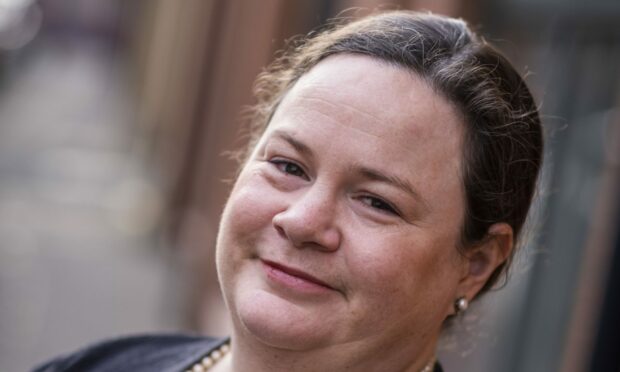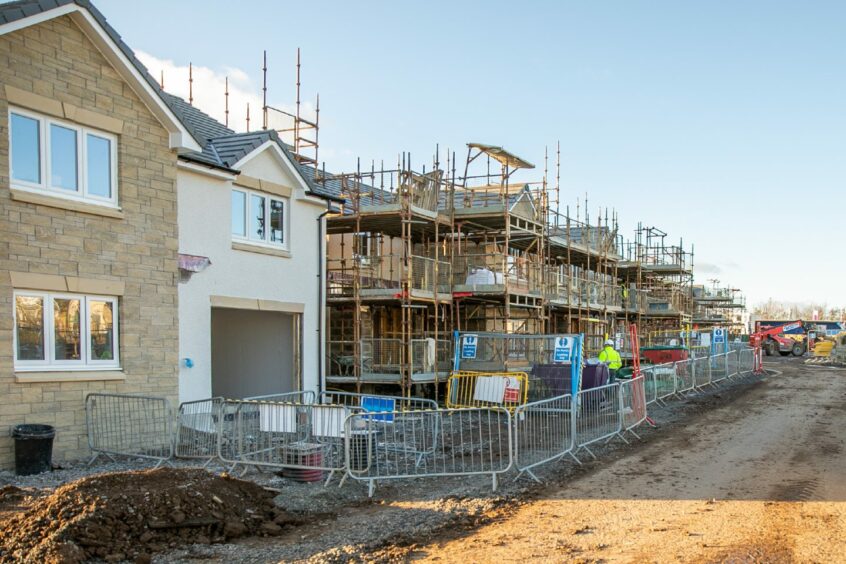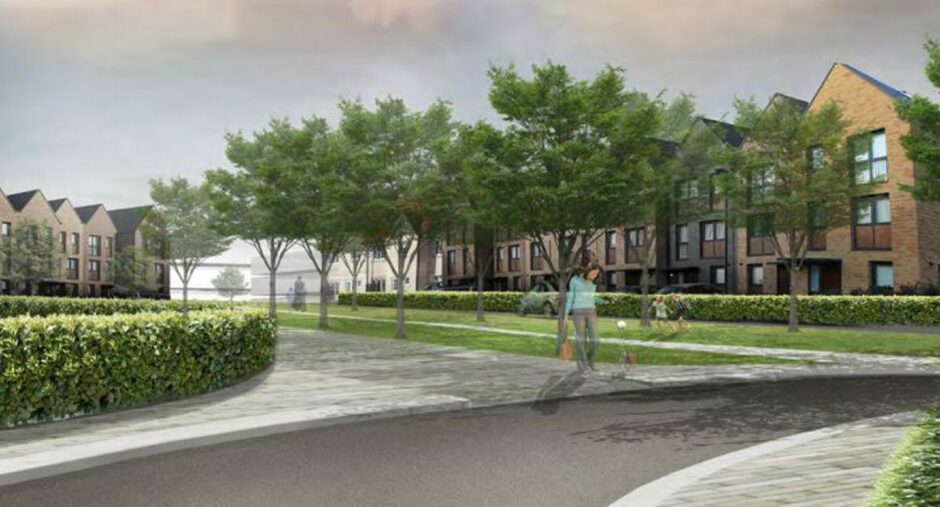Everyone knows Scotland needs more homes but building these properties both privately and affordably has never been harder.
Covid-19 hit just when it looked like we were on track to return to pre-financial crash levels of 25,000 new homes of all tenures every year – shutting down, then considerably slowing construction.
Now, with demand for new houses stronger than ever as people have re-evaluated what it is they want from a home, other barriers are in play.
Builders are running out of land and finding it hard to replenish it.
National and local planning policy must set out clear ambitions for encouraging housing, or the options for our young people and growing families will be limited for generations to come.”
Many local authorities have stalled the preparation of development blueprints until the newly-reformed national planning system is in place.
Compounding this, decision-making times for planning applications and other development consents remain painfully slow, with the teams responsible for them under-resourced.
There are also wide-ranging challenges with the supply of materials and labour, resulting in significant price increases.
Not all barriers to housing delivery are easy to resolve, but the Scottish Government and local authorities have it in their gift to make sure policy is clear and achievable.
But there is real concern the delivery of more homes may happen despite emerging policy and not because of it.
So why is there such a disconnect?
In 2019 the Scottish Government formalised a statutory “purpose” for planning in Scotland to “manage the development and use of land in the long-term public interest”.
Delivering more homes is categorically in the long-term public interest.
It is the bedrock of tackling Scotland’s ever-worsening housing affordability crisis.
In 2007, when the outlook on affordability was similarly worrying, the Scottish Government published its Firm Foundations discussion paper, calling for a 40% increase in housing delivery levels, from 25,000 homes a year to 35,000.
There is currently no equivalent plan, although Housing to 2040 – Scotland’s first long-term national housing strategy – recognises the need for affordable home ownership.
It undertakes to “work with the development and construction industries to explore ways in which future sales volumes can be less volatile, and the risks associated with housing development reduced so that prices become more affordable to those on moderate incomes”.
But it doesn’t articulate how this might be achieved in a way that is any different from the straightforward approach of setting a clear and ambitious target to build more homes.
NPF4 may fill policy gaps
National and local planning policy must set out clear ambitions for encouraging housing, or the options for our young people and growing families will be limited for generations to come.
National Planning Framework 4 (NPF4), which is currently out for consultation, has the potential to add the clarity missing from Housing to 2040, and be the lead policy vehicle for encouraging investment in homebuilding if, in its final form, it clearly articulates what “delivering more” looks like.
If it doesn’t, it will miss a real chance to help those who want a home to call their own.
Spiralling costs pose threat to nation’s affordable home ambitions
£3 million affordable housing development officially opens in Fort Augustus
It is vital the government listens to its stakeholders, so gratifying the planning minister has been clear this is a genuine consultation and that it is now time for discussion.
Homes for Scotland will be carefully digesting the draft NPF4 before providing a constructive response to help the government shape the final document.
Tammy Swift-Adams is director of planning at trade body Homes for Scotland.


